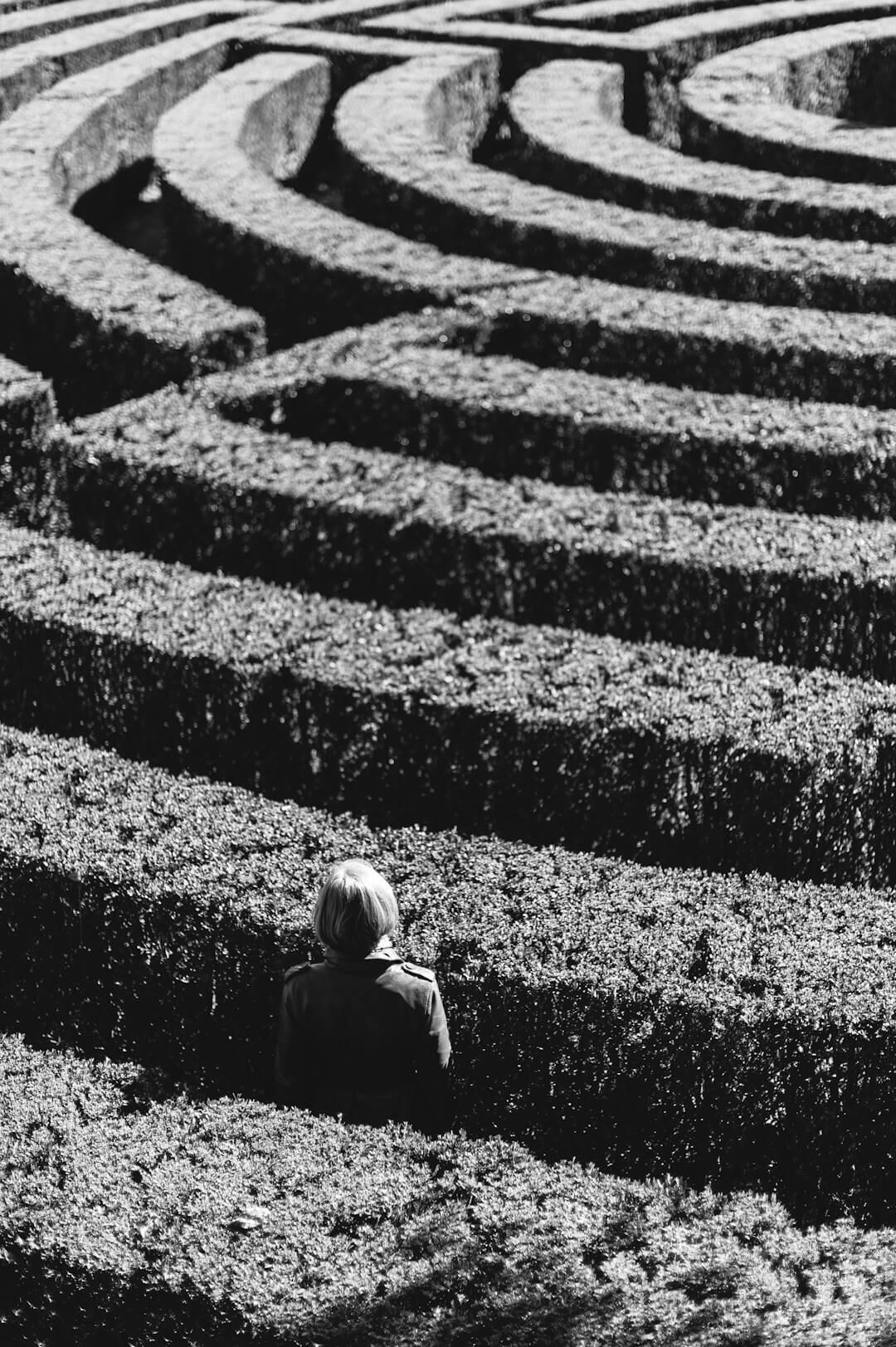Are You Stuck in a Cycle of Tradition?
Imagine waking up one morning to find a well-worn path stretching out before you, carved by generations before you. You don’t remember choosing this path—it was simply there, expected, inevitable.
But what if you paused?
What if, instead of blindly following the well-trodden road, you looked around and realized there were other directions to explore?
Tradition is like that path. It’s comfortable, familiar, and deeply ingrained in our way of life. But just because something has always been done a certain way doesn’t mean it must remain unchanged. Some traditions enrich our lives, while others become burdens, forcing us into routines that no longer serve us. The key is learning to distinguish between the two.
This struggle becomes especially evident in family traditions.
Our extended family traditionally gathered for Thanksgiving. After eating, we would pick names for the family grab bag. Then, we would return for Christmas dinner to exchange gifts. However, after my parents passed, we gathered, but it no longer felt the same. Was it the meal that brought us together or the love we shared? Could the tradition evolve without losing its meaning?
This question lies at the heart of what it means to rethink tradition—understanding which aspects hold true value and which are merely habits carried forward without thought. To explore this further, let's break down key ways to critically examine and reshape traditions that may no longer serve us.
Are Your Traditions Holding You Back?
Many traditions originated in response to a specific historical context, serving a particular time, place, or power structure.
Over time, these customs can outlive their original purposes, yet they remain entrenched. Before embracing a tradition, it’s worth asking a few critical questions: Who benefits from this? Does it still hold value? What purpose does it serve in our current world? Recognizing that not every tradition is sacred allows us to let go of outdated practices and create space for something more meaningful.
Next Step: Identify one tradition in your life that may no longer serve its original purpose. Reflect on its relevance today and decide whether to keep, modify, or replace it with something more meaningful.
The “Should” Trap: Are You Stuck in a Tradition That No Longer Serves You?
Tradition often comes with a heavy sense of obligation—a feeling of “should.”
We should uphold this holiday ritual. We should continue this family custom. But when we strip away the weight of external expectations, especially those set by people who are no longer around, we can start to see things more clearly. Freeing ourselves from these “shoulds” helps us make intentional choices that align with our values, rather than feeling bound by what others expect.
By questioning these expectations, we can better determine if a tradition enhances our lives or simply adds unnecessary pressure.
Next Step: Make a list of traditions or customs you follow out of obligation rather than desire. Consider which ones align with your values and which ones you may want to let go of.
How to Evolve Traditions Without Losing Their Meaning
Challenging tradition doesn’t mean rejecting everything that came before us.
It’s possible to honor the past while still moving forward. Evolving a tradition can show respect for those who established it by adapting it to meet today’s needs. The key is to approach change thoughtfully: understand why a tradition existed in the first place, and then find ways to modify or replace it with something that better suits the present and future. In doing so, we can maintain a connection to our roots without being trapped by them.
This balance allows us to honor tradition while making room for evolution and growth.
Next Step: Choose a tradition you appreciate but feel could be updated. Brainstorm ways to evolve it while maintaining its core significance.
Is Peer Pressure from the Past Shaping Your Present?
Peer pressure doesn’t end when people pass away.
The cultural and familial norms handed down through generations can still influence our actions. Sometimes these influences are subtle, shaping our beliefs and behaviors without us even realizing it. Other times they’re more overt, pushing us to conform. The first step in rethinking tradition is to recognize these forces.
Once we’re aware, we can question whether they align with our authentic selves and decide whether to uphold, modify, or let them go.
Next Step: Observe how family, culture, or society influences your adherence to traditions. Ask yourself if these influences align with your personal beliefs and identity.
Why Challenging Tradition is the Boldest Move You Can Make
Breaking away from a long-standing tradition often requires courage.
It can feel risky to challenge something that’s been done “forever,” especially if others around us are resistant to change. Yet, when we have the courage to question and revise traditions that no longer serve a meaningful purpose, we open the door to healthier, more thoughtful ways of living. This shift not only impacts our personal lives but also influences those around us, encouraging broader cultural change.
This courage not only benefits us but also creates a ripple effect, inspiring others to think critically and embrace intentional choices.
Next Step: Take one small step today to challenge a tradition that no longer serves you. Start a conversation with family or friends about making a change.
Honor the Past—But Don’t Let It Control Your Future
Ultimately, rethinking tradition is about honoring the past in a way that empowers us to shape the future.
By carefully examining what we do and why we do it, we can identify traditions worth keeping, adapt those that need updating, and release those that no longer serve a purpose. In this way, we pay homage to our history not by rigidly preserving it, but by allowing it to guide us toward a better tomorrow.
Next Step: Reflect on how you can thoughtfully preserve meaningful traditions while embracing change. Share your insights with others to inspire intentional living.
Conclusion
If this post resonated with you, let’s continue the conversation. Subscribe to my YouTube channel for more insights on growth, faith, and leadership: Subscribe Here.
You can also subscribe to my podcast, where I dive deeper into these topics and share practical wisdom for living intentionally: Listen & Subscribe.
Let’s embrace the power of intentional traditions and create meaningful experiences that truly serve us today and in the future.






